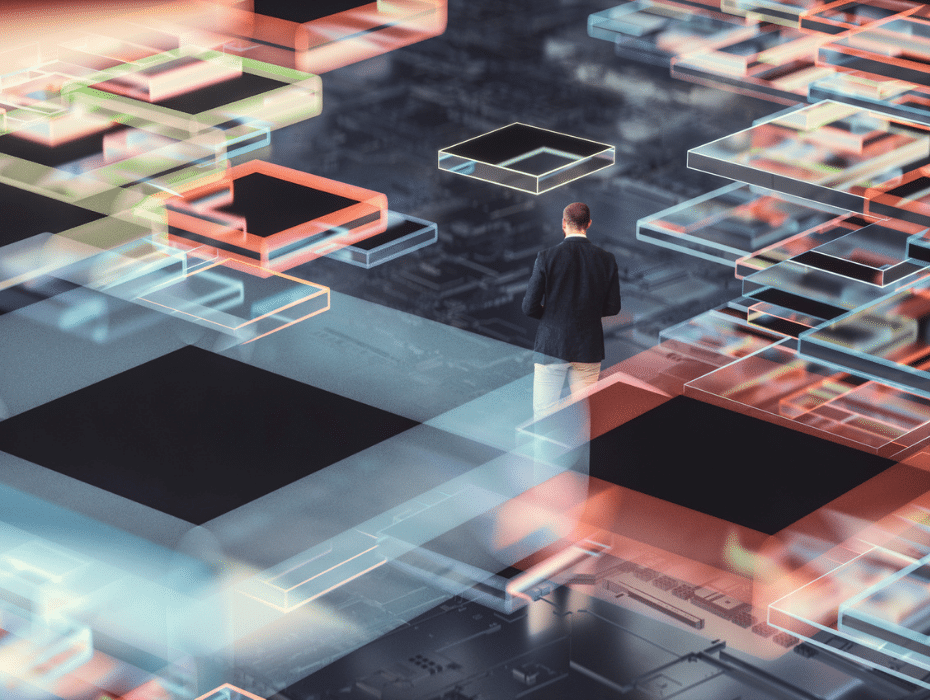Highlights
- Cybersecurity is a growing concern as more permanently work from anywhere
- 5G will enable high-quality video conferencing from virtually anywhere
- Businesses continue to forgo on-premises systems in favor of cloud communications
- The Internet of Things (IoT) will facilitate smarter offices and more efficient ways to work
Who could’ve anticipated that, in under a year, most of us would be uprooted from the work lives we’ve had for decades and forced to work from home? Or that most of us would still be working remotely all these many months later?
It wasn’t exactly easy. Businesses rushed to adopt new technologies in the wake of COVID to equip their teams adequately—despite how disjointed those solutions were. However, we can’t pretend that those technologies dramatically softened the blow. In fact, many organizations wouldn’t have survived without remote work.
It’s all possible, of course, thanks to digital transformation.
As Microsoft CEO Satya Nadella stated, “We’ve seen two years of digital transformation in two months.”
Dell Technologies surveyed more than 4,000 global business leaders and found that 80 percent of organizations fast-tracked digital transformation projects in 2020. Dell reports the top projects that accelerated were related to strengthening cybersecurity, empowering remote work, and reinventing digital experiences for both employees and customers.
While it was 2020 that kicked off the critical mass of digital transformation, 2021 will truly test its maturity. Let’s look at what’s to come.
1. Cybersecurity needs grow as remote work flourishes
As more people work from home or elsewhere, their data is much more vulnerable than when they worked out of their company’s offices. After all, employees don’t enjoy the same levels of protection when they’re in a cafe or airport.
In fact, this year has already exposed many of those vulnerabilities. Here are some sobering statistics on how cyberattacks increased in 2020:
- 80% of companies saw an increase in cyber attacks
- There was a 238% increase in cyberattacks on banks
- Cloud-based attacks went up 630% between January and April 2020
- Since February 2020, phishing attempts went up 600%
- Ransomware attacks went up 148% in March
- The average ransomware payment rose 33% to $111,605
With cybercrime on the rise and many employees continuing to work from home in 2021, businesses will need to step up security efforts in the coming year.
2. 5G carries the work-from-anywhere movement
The new Wi-Fi standard 5G, an eye-popping step up from 4G, rolled out this year and will become even more available in 2021. It offers enormous leaps in connectivity, bandwidth, and lower latency, but goes far beyond just being able to download a full-length HD movie in seconds.
5G will likely impact enterprise even more than customers. It can have an enormous impact in enabling more business models, analytics, edge computing, automation, IoT, and smart cities, to name just a few uses across many industries.
In the cloud communications space, this means full HD video conferencing with crystal-clear audio from virtually anywhere. This will coincide perfectly with the work-from-anywhere movement expected in the next decade.
3. Cloud communications systems surge as businesses abandon on-premises systems
According to Gartner, only 19% of enterprises worldwide will buy unified communications systems that are premises-based by 2021.
Mid-to-large enterprises, especially, prefer cloud-based communications services where infrastructure, support mechanisms, and existing training programs already exist. Communications in the cloud also require fewer IT and purchasing resources.
4. The Internet of Things reaches more business areas
Microsoft says 94% of businesses will use Internet of Things (IoT) by the end of 2021. The business world is experiencing rapidly expanding and increasing benefits from IoT, such as improved workflow automation and real-time data, remote equipment monitoring and management, supply chain efficiency, freight monitoring, and inventory tracking.
In healthcare, IoT technology is enabling wearables, smart pills and beds, and connected medical equipment. Agriculture increasingly uses IoT to improve machine monitoring, support, and maintenance. With IoT, the automotive industry is barreling toward self-driving cars. It also drives smart grid technology for utilities.
The continued focus on remote work and smart offices in 2021 will also increase the demand for IoT technology. Forrester predicts that companies bringing employees back to work will adopt new safety and resource efficiency strategies. These may include IoT apps for smart lighting, energy and environmental monitoring, and space and activity monitoring that use sensors.
What this means for the workplace of tomorrow
Remote work is just one driver of digital transformation. Sure, cloud-based collaboration apps proliferated this year, but just as work transforms, technology transforms with it.
For many businesses, work-from-home is quickly becoming a thing of the past. Businesses are looking towards recovery and future success, with permanent work from anywhere arrangements as part of their long-term strategies.
Naturally, this means technologies such as unified communications and 5G are poised to make monumental enhancements to how businesses work. Considering that 55% of businesses plan to make remote work a permanent option next year, they’ll need tools like unified communications drive collaboration among teams that can be thousands of miles apart.
Originally published Dec 01, 2020, updated Jan 18, 2023




